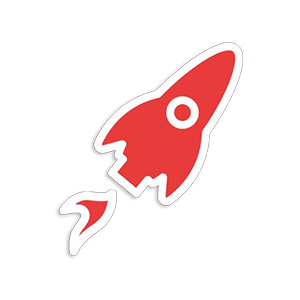
api-server-flask
Flask API Server - Open-Source API Server | AppSeed
OTHER License
Flask API Server
Simple Flask API Boilerplate enhanced with JWT authentication, OAuth via GitHub, SqlAlchemy, SQLite persistence, and deployment scripts via Docker. It has all the ready-to-use bare minimum essentials.
- 👉 Support via Discord & Email
- 🚀 Custom Development Services for
StartUPs,Small Businesses, andSolo-developers
Features:
- ✅
Up-to-date dependencies - ✅ API Definition - the unified API structure implemented by this server
- ✅ API powered by
Flask-restX - ✅
JWT Authentication(login, logout, register) viaFlask-jwt_extended - 🆕
OAuthfor Github- Full-stack ready with React Soft Dashboard
- ✅ Docker,
Unitary tests
Can be used with other React Starters for a complete Full-Stack experience:
| React Node JS Berry | React Node Soft Dashboard | React Node Horizon |
|---|---|---|
 |
 |
 |
✨ Quick Start in Docker
Get the code
$ git clone https://github.com/app-generator/api-server-flask.git
$ cd api-server-flask
Start the app in Docker
$ docker-compose up --build
The API server will start using the PORT 5000.
✨ Table of Contents
✨ How to use the code
Step #1 - Clone the project
$ git clone https://github.com/app-generator/api-server-flask.git
$ cd api-server-flask
Step #2 - create virtual environment using python3 and activate it (keep it outside our project directory)
$ # Virtualenv modules installation (Unix based systems)
$ virtualenv env
$ source env/bin/activate
$
$ # Virtualenv modules installation (Windows based systems)
$ # virtualenv env
$ # .\env\Scripts\activate
Step #3 - Install dependencies in virtualenv
$ pip install -r requirements.txt
Step #4 - setup
flaskcommand for our app
$ export FLASK_APP=run.py
$ export FLASK_ENV=development
For Windows-based systems
$ (Windows CMD) set FLASK_APP=run.py
$ (Windows CMD) set FLASK_ENV=development
$
$ (Powershell) $env:FLASK_APP = ".\run.py"
$ (Powershell) $env:FLASK_ENV = "development"
Step #5 - Create a new
.envfile using sampleenv.sample
The meaning of each variable can be found below:
-
DEBUG: ifTruethe app runs in develoment mode- For production value
Falseshould be used
- For production value
-
SECRET_KEY: used in assets management -
GITHUB_CLIENT_ID: For GitHub social login -
GITHUB_SECRET_KEY: For GitHub social login
Step #6 - start test APIs server at
localhost:5000
$ flask run
Use the API via POSTMAN or Swagger Dashboard.
✨ Project Structure
api-server-flask/
├── api
│ ├── config.py
│ ├── __init__.py
│ ├── models.py
│ └── routes.py
├── Dockerfile
├── README.md
├── requirements.txt
├── run.py
└── tests.py
✨ API
For a fast set up, use this POSTMAN file: api_sample
Register -
api/users/register(POST request)
POST api/users/register
Content-Type: application/json
{
"username":"test",
"password":"pass",
"email":"[email protected]"
}
Login -
api/users/login(POST request)
POST /api/users/login
Content-Type: application/json
{
"password":"pass",
"email":"[email protected]"
}
Logout -
api/users/logout(POST request)
POST api/users/logout
Content-Type: application/json
authorization: JWT_TOKEN (returned by Login request)
{
"token":"JWT_TOKEN"
}
✨ Testing
Run tests using pytest tests.py
Flask API Server - provided by AppSeed